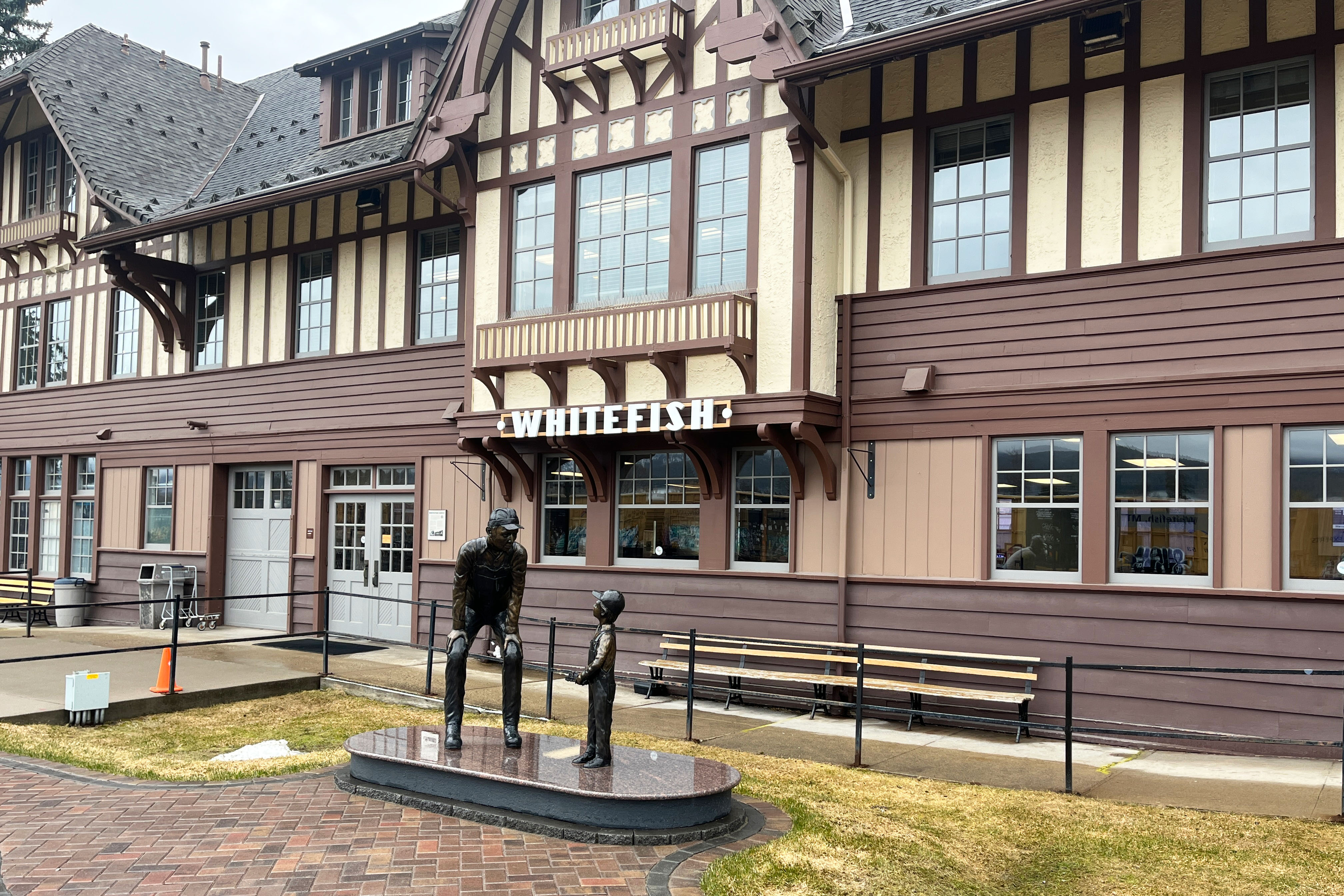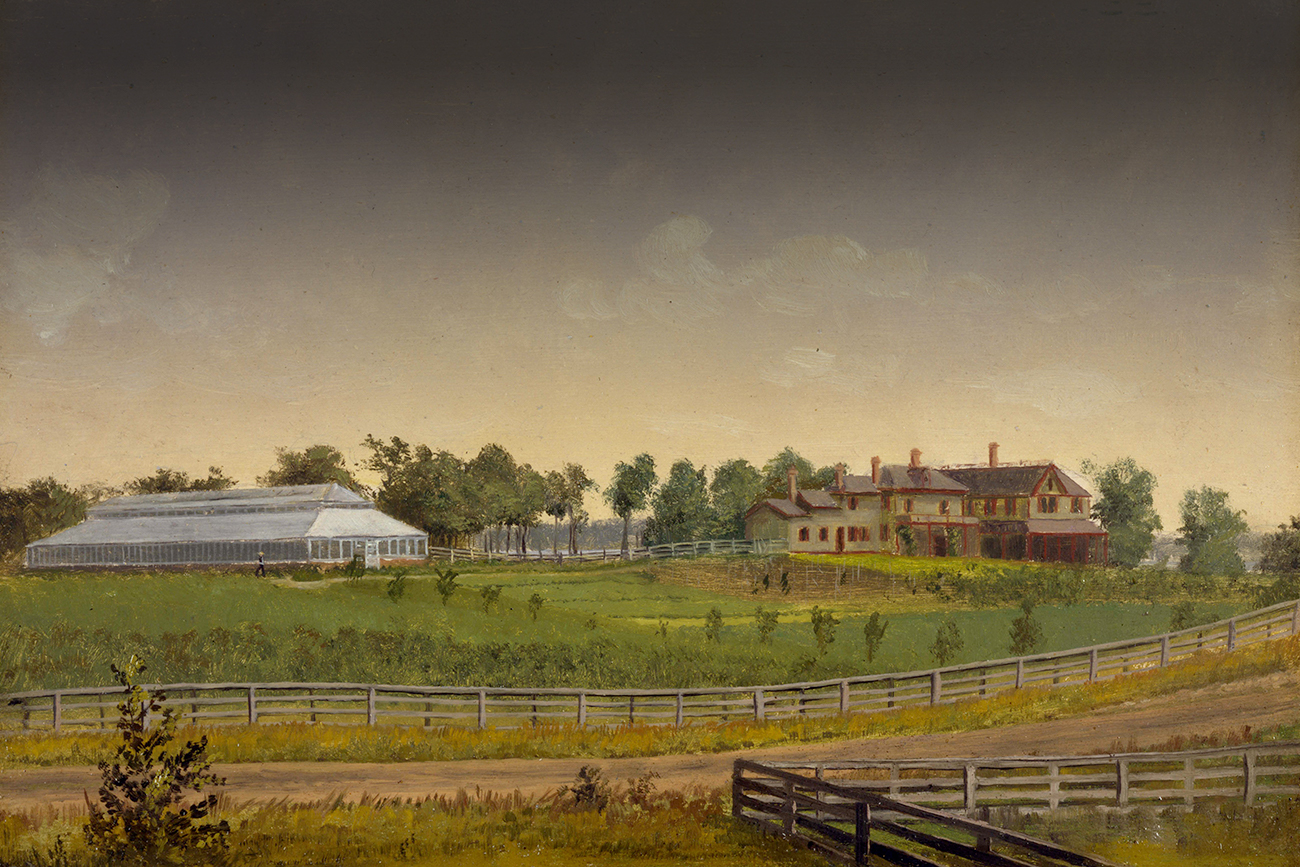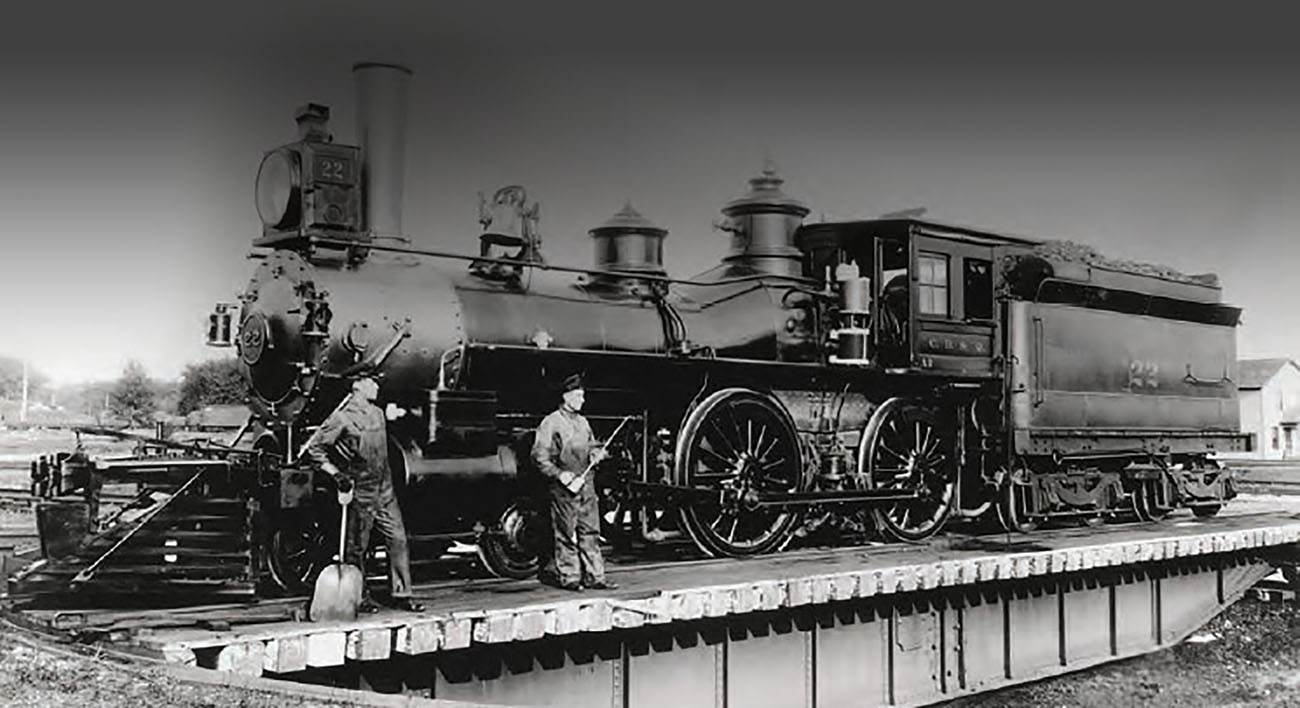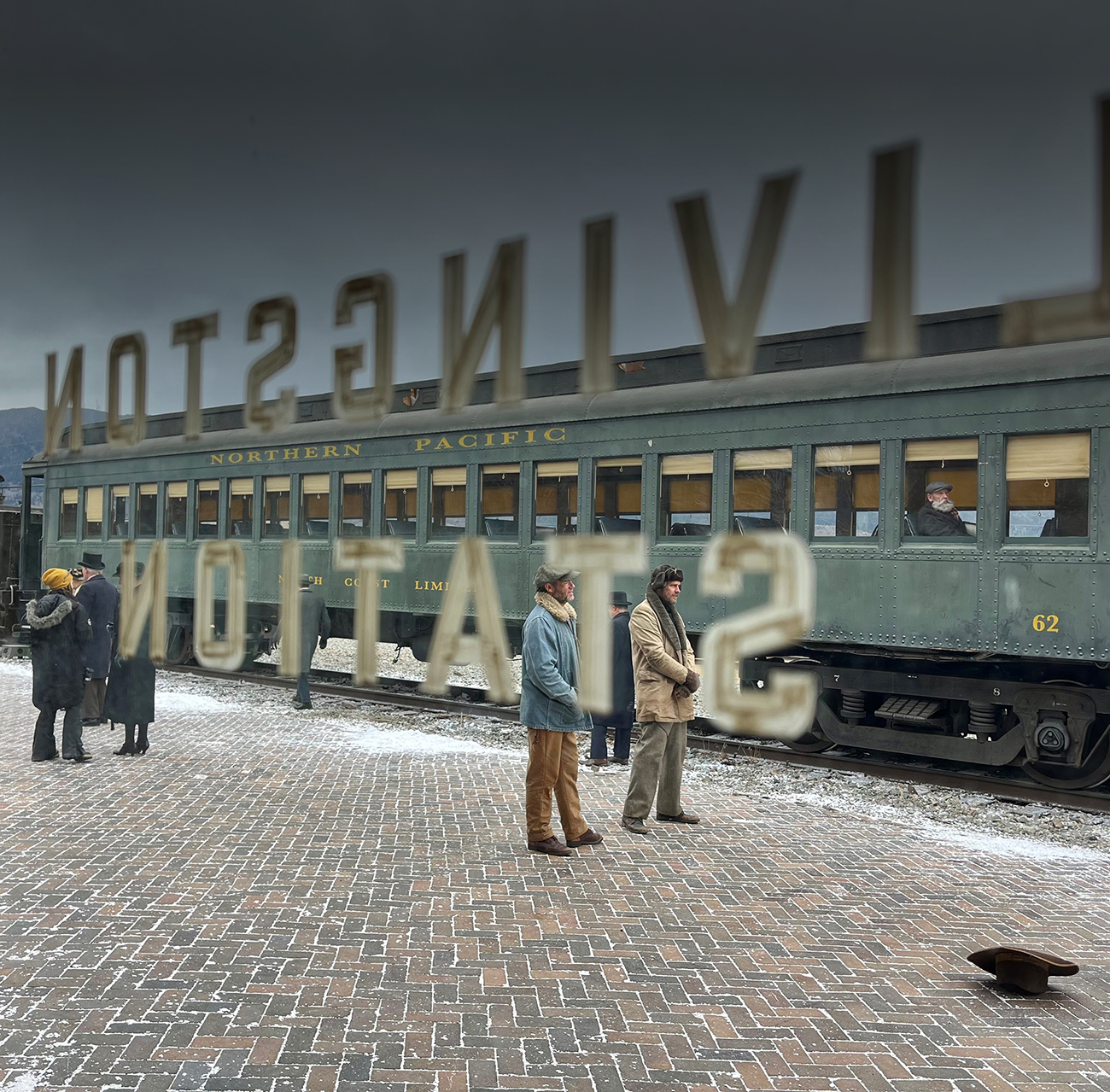
Whitefish and BNSF: 120 years of growing together
By EUNICE ARCHILA
Staff Writer
Located on the western edge of the Continental Divide, Whitefish, Montana, was once a hunting ground for the Kootenai, Pend d’ Oreille and Bitterroot Salish tribes, a trappers’ outpost and dense with forests.
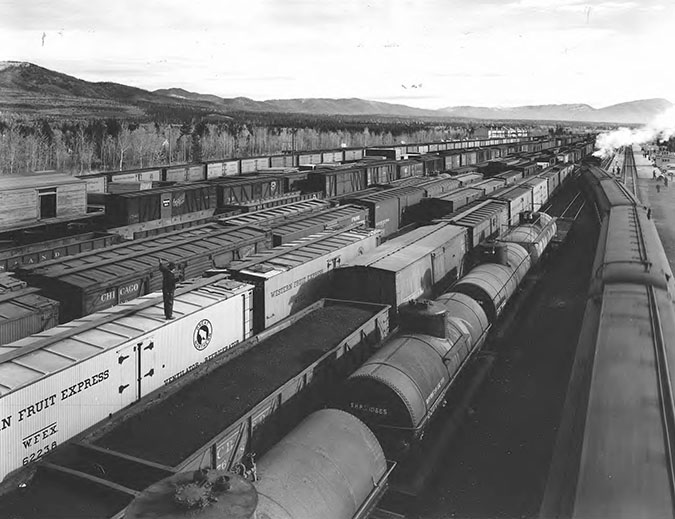
The 1850s brought its first non-indigenous settlers. John Morton built a cabin on Whitefish Lake and soon after the Hutchinson brothers and the Baker brothers, loggers from Michigan, joined him.
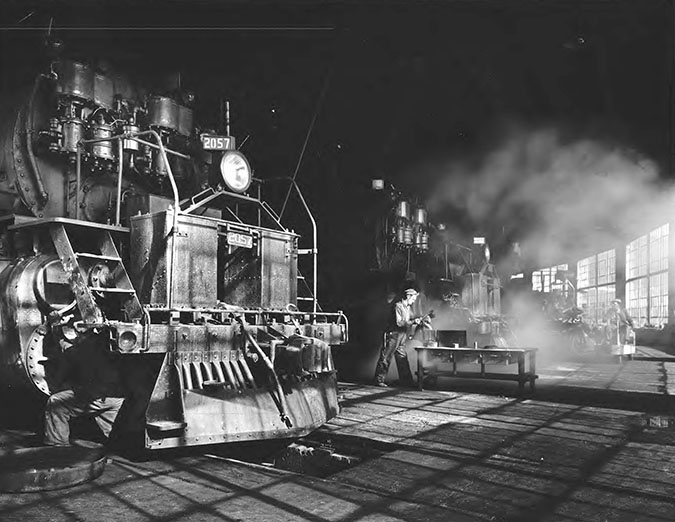
In 1901, the Great Northern Railway (GN), a BNSF predecessor, rerouted its mainline south of Whitefish Lake, choosing a longer but gentler path through the area and by 1904 Whitefish officially became GN’s new division point after relocating operations from Kalispell. The town’s nickname, Stumptown, was due to the logging and land clearing that accompanied the railroad’s arrival.
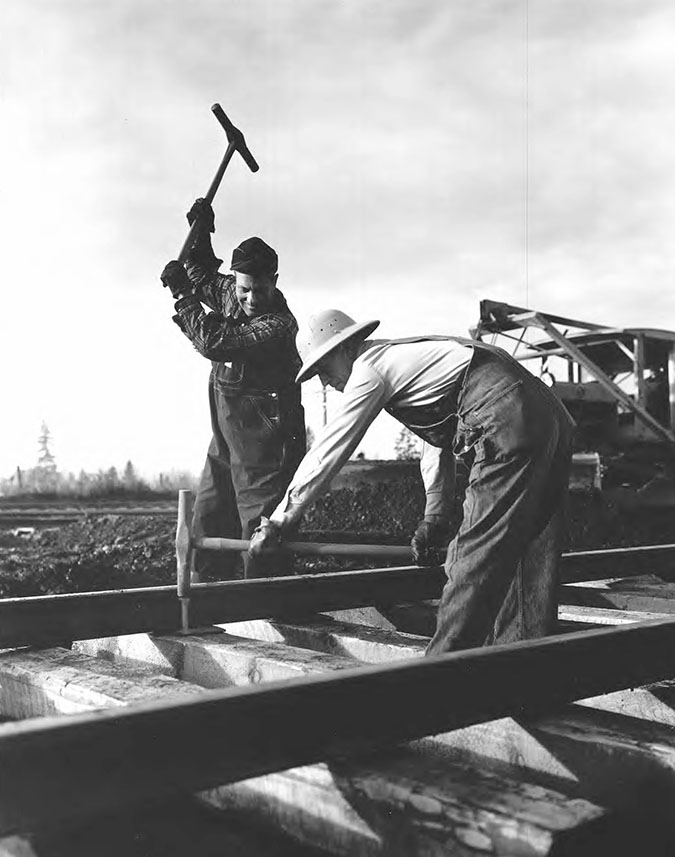
Incorporated in 1905, Whitefish quickly evolved from a timber-and-rail camp into a bustling service hub. The railroad needed permanent employees, which led to families moving to town and businesses springing up. Most famously the Great Northern Bar was founded here in 1919.
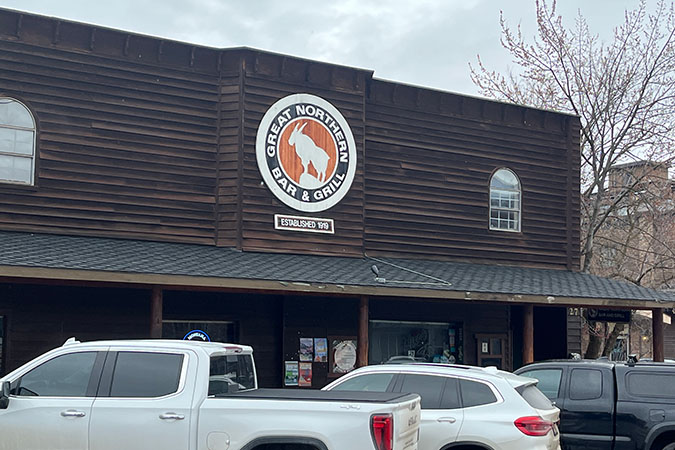
By 1928, the railroad took another step in cementing Whitefish’s identity. The GN commissioned a Tudor Revival depot by Thomas D’Arcy McMahon to match the nearby Glacier National Park “Swiss” lodges. The depot still stands and remains one of the busiest stops in Montana.
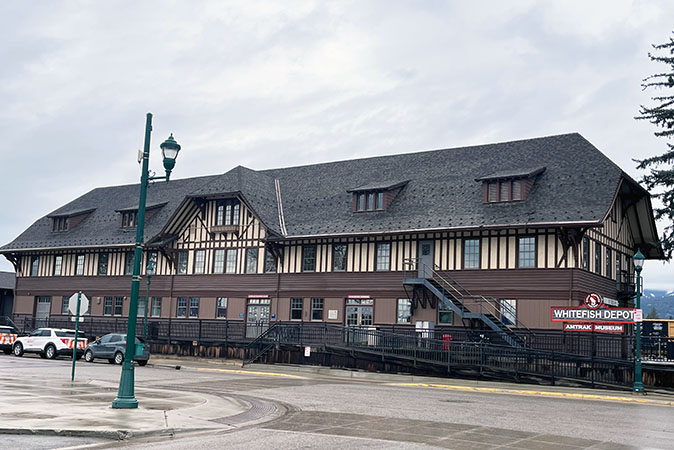
Whitefish grew alongside the GN. In those early years, life could be rough. The town wrestled with bootlegging, robberies and worksite injuries. But the railroad brought structure and financed the town’s first hospital.
With the emergence of skiing after World War II and the 1947 construction of what became Whitefish Mountain Resort, the town continued to grow.
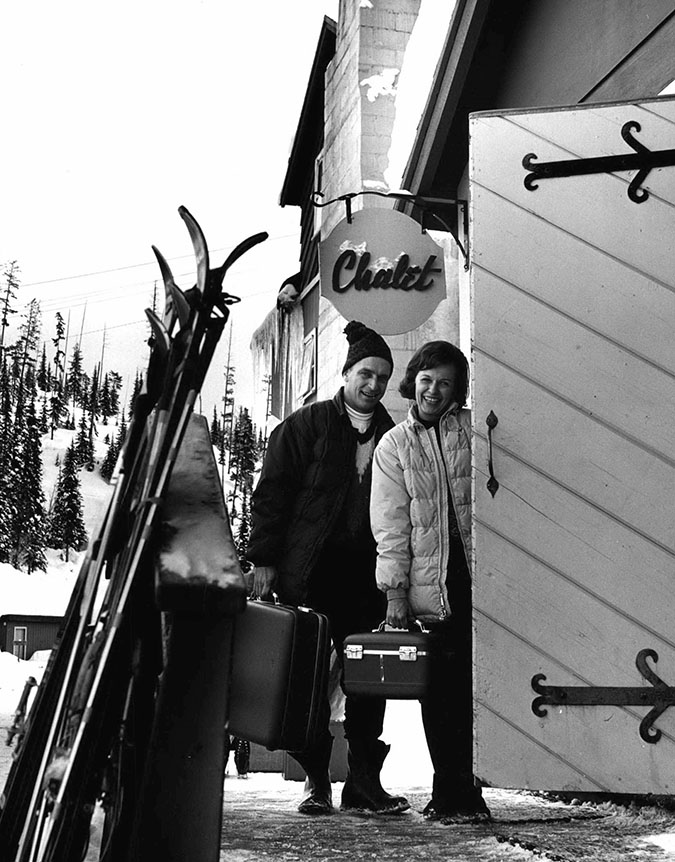
For years, BNSF has partnered with the city for a public access point along the Whitefish River. Called Roundhouse Landing, this riverside park, once part of the rail yard, is now enjoyed by residents and visitors alike.
This year, BNSF and the city expanded that partnership with a new lease for the Kusumoto family property. Designated Ted Kusumoto Park, the nearly two-acre space along the Whitefish River on BNSF-owned land will offer public picnic and river-access areas in honor of WWII Silver Star recipient Ted Kusumoto, a Whitefish native. The park is expected to open to the public later in 2025.
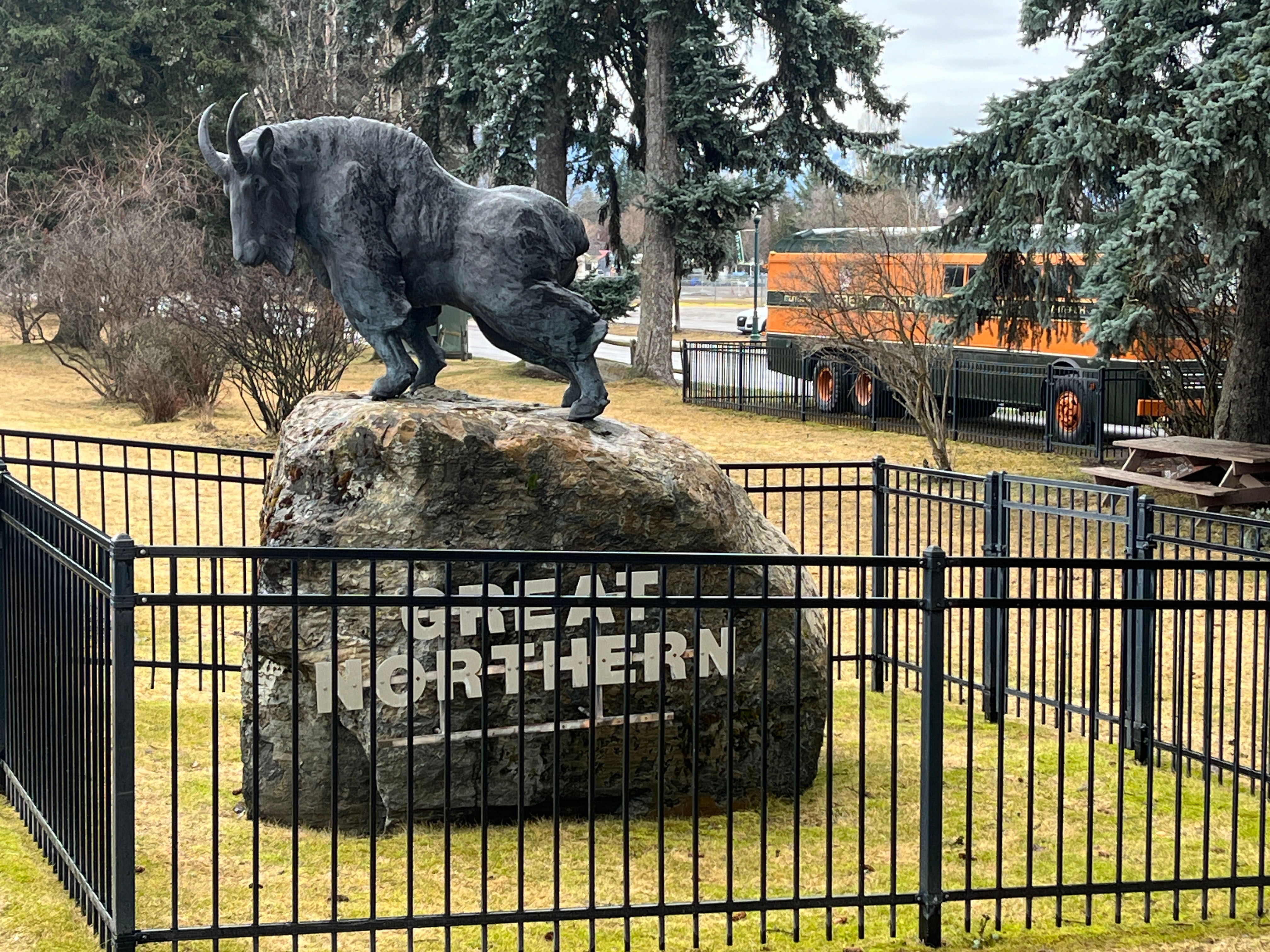
Today, Whitefish thrives as Montana’s “outdoor recreation playground” but every train whistle is a reminder of its beginnings. BNSF continues to be one of the top employers in town.
BNSF continues to provide more than 250 jobs locally and moves an estimated 34 trains a day carrying a mix of grain, intermodal and mixed merchandise.
“If the trains ever stopped running, people would notice,” said Dana Smith, Whitefish city manager. “They’re part of the rhythm of life here.”
From its stump-framed beginnings to a vibrant town, mountain tourism and serene river parks, Whitefish has continued to blossom but has never forgotten its railroad origins.
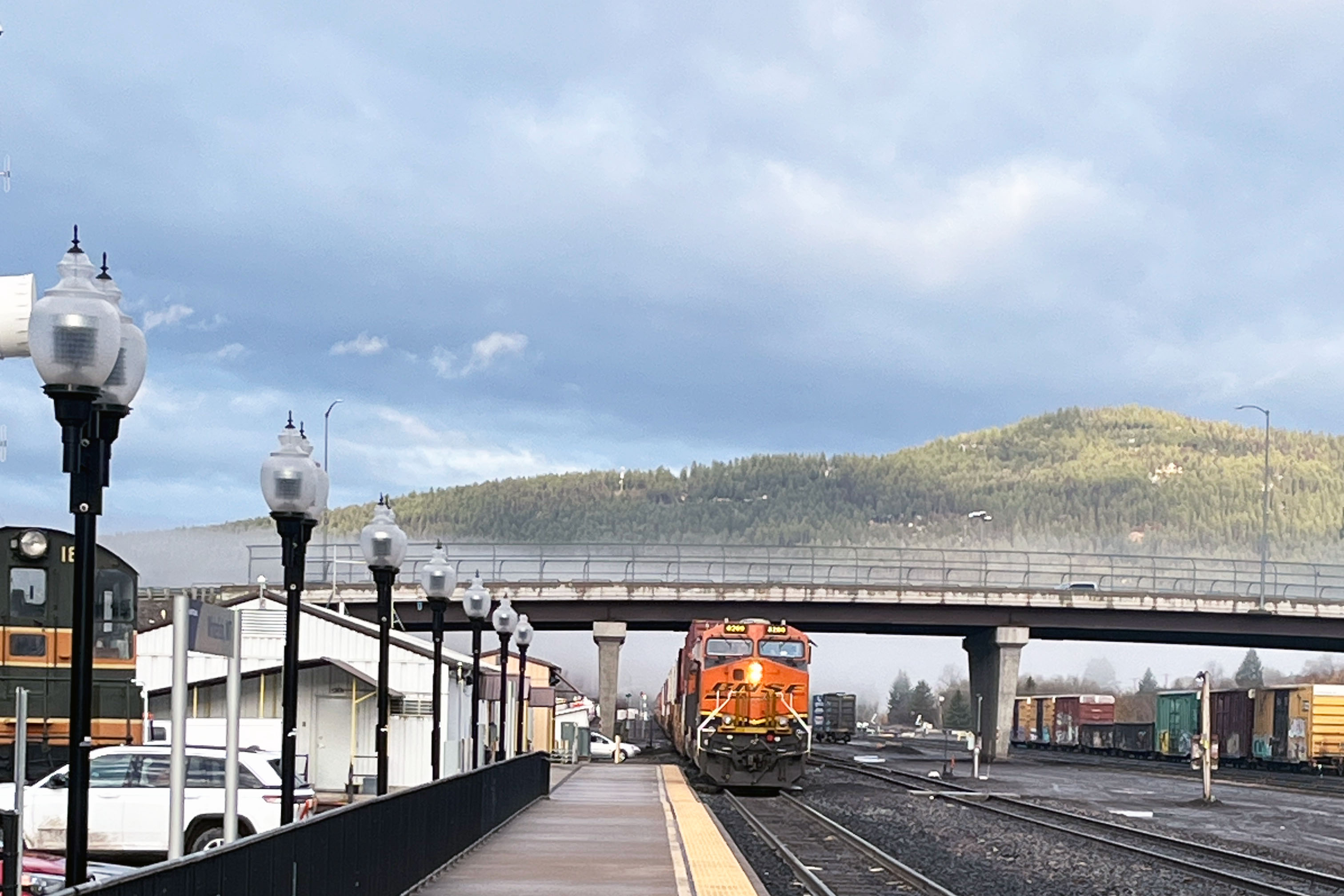
“BNSF’s operations in and around Whitefish are interwoven with the origins of the town and Glacier National Park,” said Matthew Jones, general director of public affairs. “We take great pride in those historical ties and work closely with the community to maintain that special relationship.”
In Whitefish, the railroad isn’t just history. It’s home.
